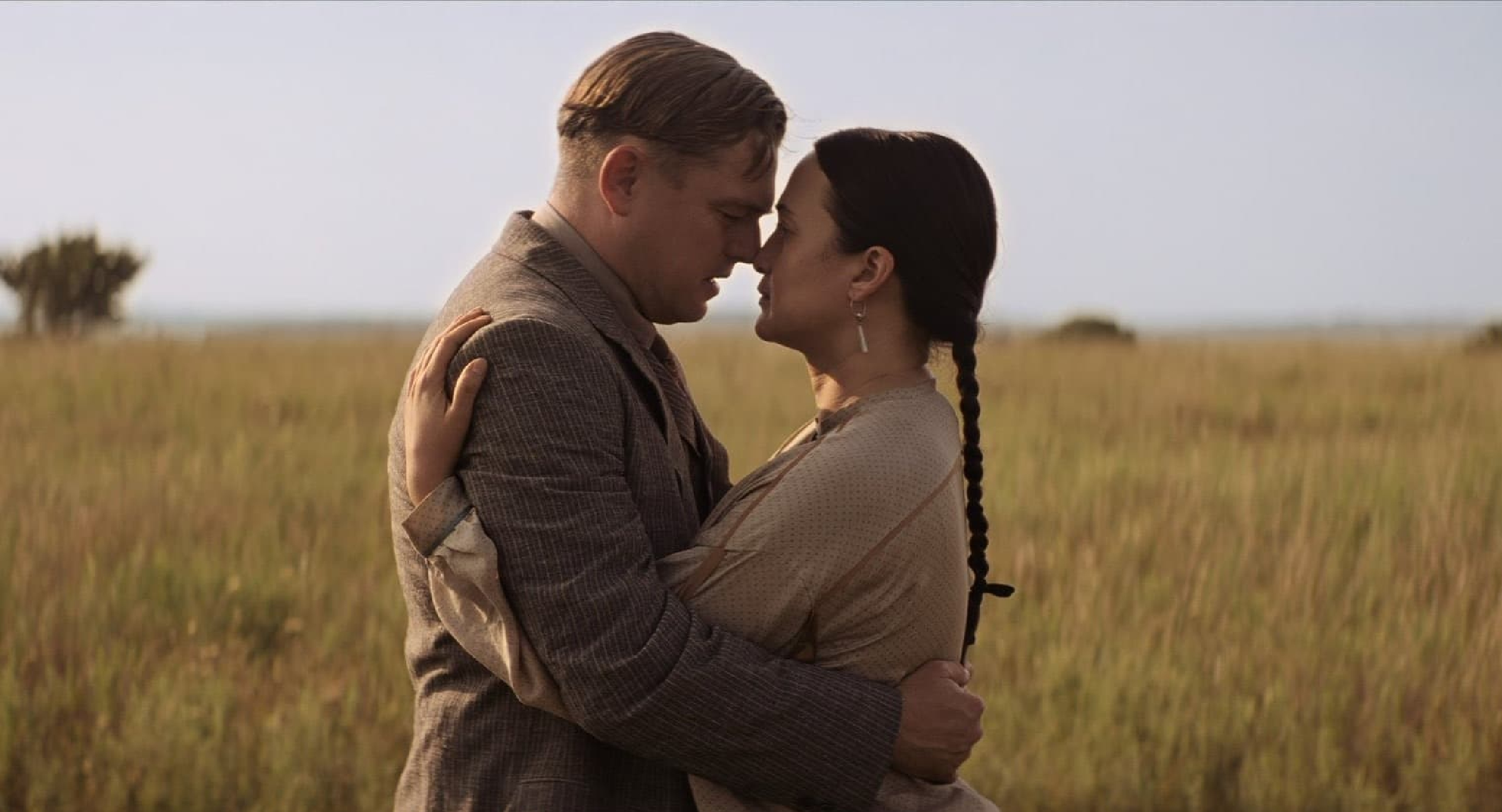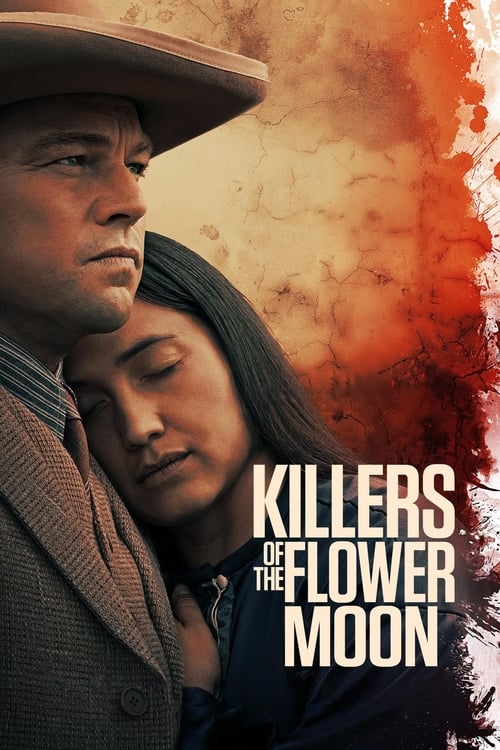Killers of the Flower Moon – Film Review
Published October 14, 2023

Martin Scorsese’s latest epic Western crime drama, Killers of the Flower Moon, seamlessly weaves together a tapestry of greed, mystery, and betrayal against the backdrop of the haunting Osage murders in the 1920s. Based on David Grann’s meticulously researched book, the film delves deep into the heart of one of America’s most sinister crimes, exploring the layers of corruption that tainted the pursuit of the American Dream. While the film is undeniably masterful, its only drawback lies in its seemingly endless runtime.
The movie’s premise revolves around the gruesome murders of members of the Osage tribe in Oklahoma, a series of killings shrouded in enigma and greed. After oil is discovered on tribal land, a chain of murders ensues, leaving the community in terror.
At the heart of the story is a stellar cast led by the brilliant Leonardo DiCaprio, who effortlessly captures the complexity of Ernest Burkhart, a man torn between loyalty to his family and the pursuit of justice. DiCaprio’s nuanced performance allows the audience to empathize with Ernest’s internal struggle, making him a deeply flawed yet profoundly human character. Robert De Niro, as the enigmatic and manipulative William King Hale, delivers a powerhouse performance that reminds us of his unparalleled acting prowess.
However, the true standout in this film is Lily Gladstone, whose portrayal of Mollie Burkhart, Ernest’s Native American wife, is nothing short of extraordinary. Gladstone brings a quiet strength and resilience to her character, infusing Mollie with a rare authenticity that resonates deeply. Her performance is both heartbreaking and empowering, making Mollie one of the most compelling female characters in recent cinematic history.
The supporting cast, including Tantoo Cardinal as Lizzie Q, Mollie’s mother, and Jesse Plemons as the determined and righteous Tom White, complement the leads impeccably. Plemons, in particular, captures the essence of a true old-style lawman, adding depth to the narrative with his unwavering determination and moral compass. Cardinal’s portrayal of Lizzie Q adds layers to the story, depicting the strength of maternal love in the face of unimaginable tragedy.
Scorsese’s direction is nothing short of masterful, immersing the audience in the dusty plains of Oklahoma and the opulence of the era. The attention to detail is staggering, from the meticulously crafted set designs to the authentic costumes that transport viewers back to the Roaring Twenties. The cinematography, under the skilled lens of seasoned cinematographer Rodrigo Prieto, paints a vivid picture of both the grandeur and desolation of the time, capturing the essence of the era with breathtaking beauty.
Where Killers of the Flower Moon falters, however, is in its pacing. The film, while undeniably captivating, feels unduly protracted, with certain scenes stretching out longer than necessary. This excessive length, while an indulgence for cinephiles, might test the patience of the average viewer. A more judicious edit could have elevated the film, ensuring a tighter narrative that sustains the audience’s engagement without sacrificing the depth of the story.
Killers of the Flower Moon stands as a testament to Martin Scorsese’s directorial prowess and the talent of its exceptional cast. The film’s exploration of a dark chapter in American history, coupled with outstanding performances, makes it a must-watch for any aficionado of crime dramas and historical epics. Lily Gladstone’s exceptional portrayal, in particular, elevates the film to a level of emotional resonance rarely seen in cinema. While its runtime might test the patience of some, the film’s overall brilliance makes it a compelling cinematic experience that lingers in the mind long after the credits roll. Killers of the Flower Moon is an epic saga that uncovers the depths of human greed and the enduring strength of the human spirit, leaving an indelible mark on the annals of cinema.
